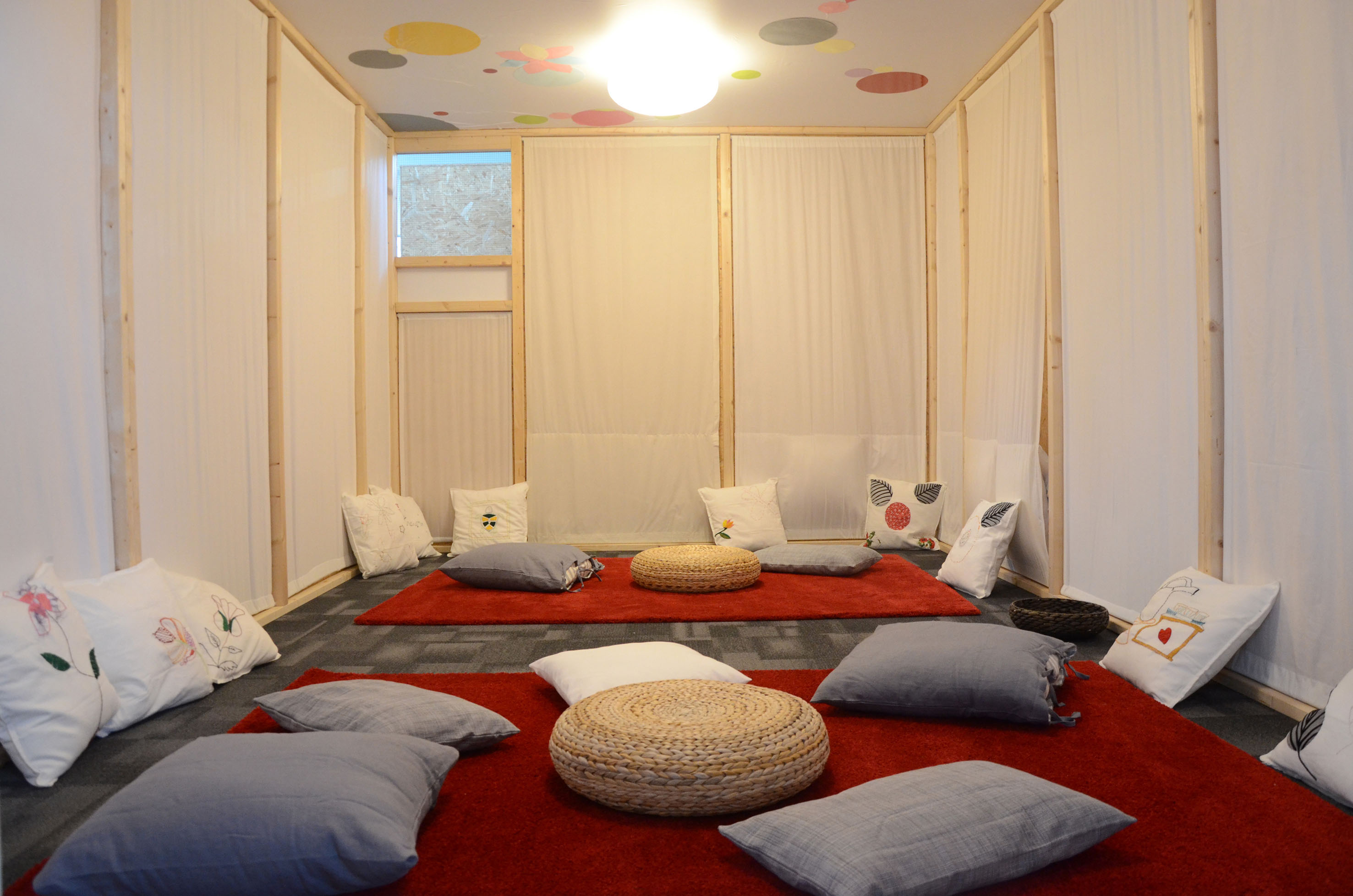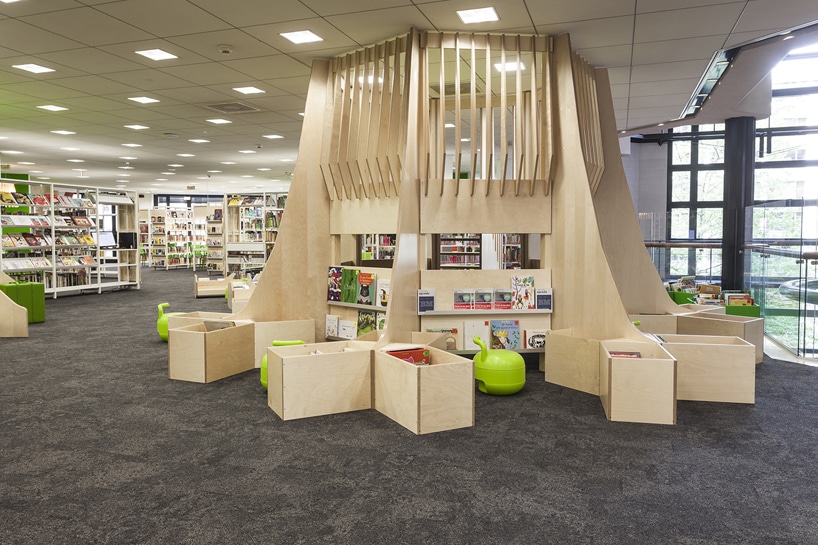Can Swiss design save the planet?
Social design looks beyond the material nature of an object in order to tackle the major economic, environmental and societal challenges of today and tomorrow. The practice is taking off in Switzerland and changing the face of design.
Design today is pervasive in just about every aspect of our lives. Imitations abound, rendering it almost meaningless, while some aficionados continue to over-egg its value. So what do we mean by design exactly? Back in the 60s, designer objects were symbols of good living, with people showing off their social status through interior design. This conception is shifting. Once a form of social distinction, design itself is now becoming 'social'.
Faced with a saturated designer object market and with the current thinking on sustainable use of our planet's resources, designers are searching for better ways to meet the challenges of a globalised world. Today, they are getting to grips with more abstract issues, taking on board social, ecological, political and humanitarian questions. From the design of refugee tents and the ergonomics of a water pump in the Sahel to self-build homes, designers around the world are coming up with solutions that are adapted to environmental and social issues. Swiss design schools are an integral part of this movement, capitalising on their sound reputation for pragmatism and expertise.

Searching for immaterial solutions
This discipline, which was established in the 2010s, has been searching for a definition for a long time. It now has a name: social design. Perhaps unsurprisingly, it was in Denmark that this shift first took root. In 2011, the Danish Design Centre in Copenhagen organised a pioneering exhibition entitled Challenge Society, the first to discuss the dematerialisation of the product in design. Based on concrete examples, the exhibition outlined new design strategies to address issues in the Danish public sector, such as the quality of life in prisons and in retirement homes.
Since then, the social design approach has become widespread in the United States and in Europe. It is even being taught at the Design Academy Eindhoven in the Netherlands. The new wave has also reached Switzerland: the Zurich University of the Arts (ZHdk) has hosted an exhibition tersely titled Social Design. Running until February 2019, it displayed several Swiss and international projects, all of which called into question our existing social systems and our living and working environments.
'Swiss army knife' objects
Among them were pieces by designer Sibylle Stoeckli from the canton of Vaud, who redefined 30 wooden household items, all of them based on high-quality craftsmanship, regional production and fair trade. The modular nature of their forms and possible uses embody human values such as attachment, understanding and tolerance. The collection was produced and packaged in the canton of Fribourg, in the workshops of the HorizonSud foundation in Bulle, Épagny and Vaulruz, by people suffering from schizophrenia.
In Zurich, the Hic et Nunc (here and now) collective examined the short-term impact of design in emergency situations. In particular, it set up mechanisms enabling refugees in Switzerland to participate in projects aimed at improving their living conditions.

In addition, Hic et Nunc created libraries for these groups, providing reading corners that also serve as charging stations for mobile phones. Modular shelving enables semi-private spaces to be created.

Humanist approaches
Based on the west coast of the United States since 1999, designer Yves Béhar from Lausanne has launched a multitude of 'humanitarian design' projects in partnership with major brands, local governments and researchers. In 2006, he developed the one laptop per child project with Nicholas Negroponte, architect at MIT Media Lab, with the aim of producing cheap computers to provide children in developing countries with access to education and information. Two years later, he had another success with his Ver Bien Augen Optics project, whereby the Mexican government provided free spectacles to children with eye problems.
In the 2010s, Béhar joined forces with the Nike Foundation and the UK and US governments to launch the SPRING accelerator, which supports entrepreneurial projects that have the potential to transform the lives of young girls in Kenya, Uganda and Rwanda. He then turned his mind to producing whole villages with 3D printing techniques, in order to reduce construction costs and enable some of the poorest families to afford a roof over their heads. The first 3D-printed village was created in Latin America in 2019. The project was carried out in collaboration with an NGO called New Story and Icon 3D, a Texan construction company.
The roots of design
According to Angeli Sachs, curator of the 'Social Design' exhibition, "The consequences of the global growth economy are becoming increasingly severe for both human beings and the environment. Social design confronts the increasing imbalance of resources, means of production and future opportunities and relies on a new, equitable exchange between the individual, civil society, the state, and the economy."
She adds: "Design has always been transdisciplinary. But with its social dimension, the discipline has in a sense gone back to its roots, proposing solutions for and with society." Although there is not yet any strong trend to speak of, Angeli Sachs notes a growing interest among designers in social design. But what impact might it have?
Dialogue and engagement
In taking on dematerialisation, designers – although accustomed to working across other disciplines – are confronted with new actors such as NGOs, private companies and governments whose objectives and priorities reside elsewhere. "This is what makes social design so exciting," says Angeli Sachs. It relies on dialogue and engagement in the search for a common solution with other actors."
In Geneva, the University of Art and Design (HEAD-Genève) has embraced the notion completely. Keen to experiment and confront reality head-on, for some years now the school has been putting its creativity and expertise to use for social causes, such as the right of asylum and combating illiteracy. It also counts several associations among its partners. By focusing on openness, HEAD-Genève aims to confront students with reality while giving them freedom of choice.
An answer to fundamental questions
According to Nicolas Nova, researcher, author and teacher at HEAD-Genève, "Designers have always had an interest in thinking about social, lifestyle and interaction patterns. It's been like this for a very long time. What is changing is that designers are recognising they have the capacity to choose a form of expression to respond to a vision of society. Added to this, we have the democratisation of design, which has attracted new actors such as private companies, NGOs and public institutions."
Take for example the work of French designer Matali Crasset on the renovation of the city library, the Bibliothèque de la Cité, in Geneva in 2015.

Trained by French 'starchitect' and designer Philippe Starck, Crasset completely rethought the building according to the themes that are dear to her: the transfer, dissemination and accessibility of culture for all, and the advent of the digital age. The project was a long-term work carried out closely with the local authorities, architects, associations and local residents.

Design has evolved to keep pace with the changes to our quality of life. Designers' minds are now focused on fundamental issues, following the trend to reduce the number of objects in our lives rather than create new ones. The emancipation of social design is therefore no accident. It is shaping the very future of the discipline, at the same time silencing those who decried it as just another label. This is an evolution of sorts. Yet another.




